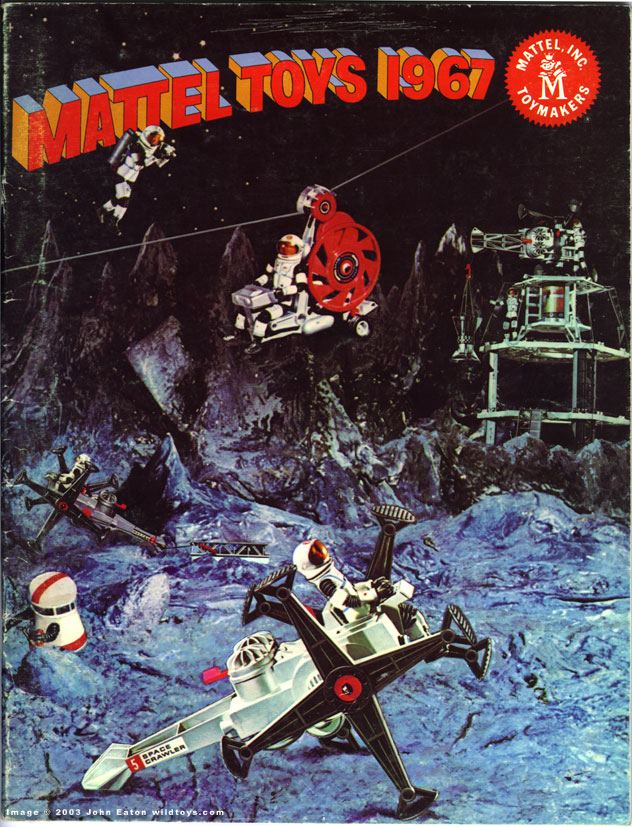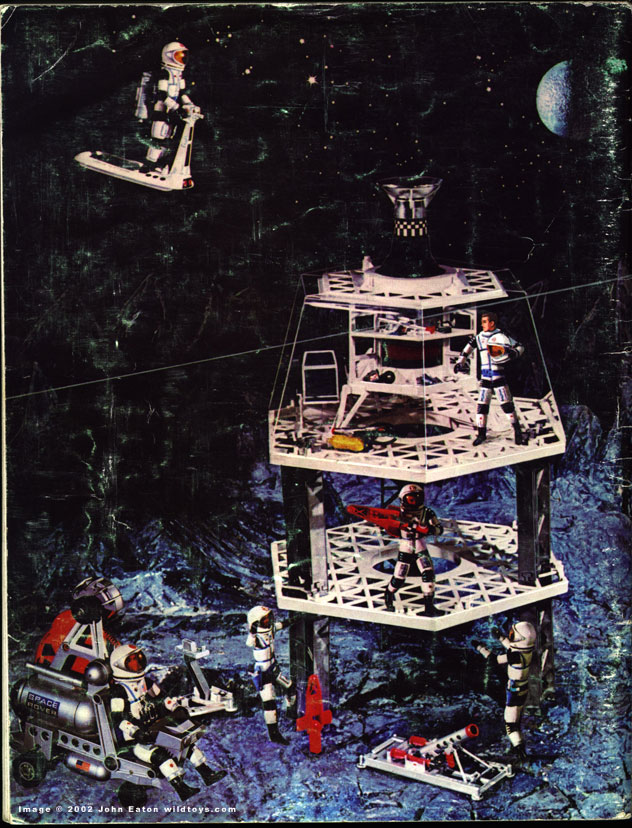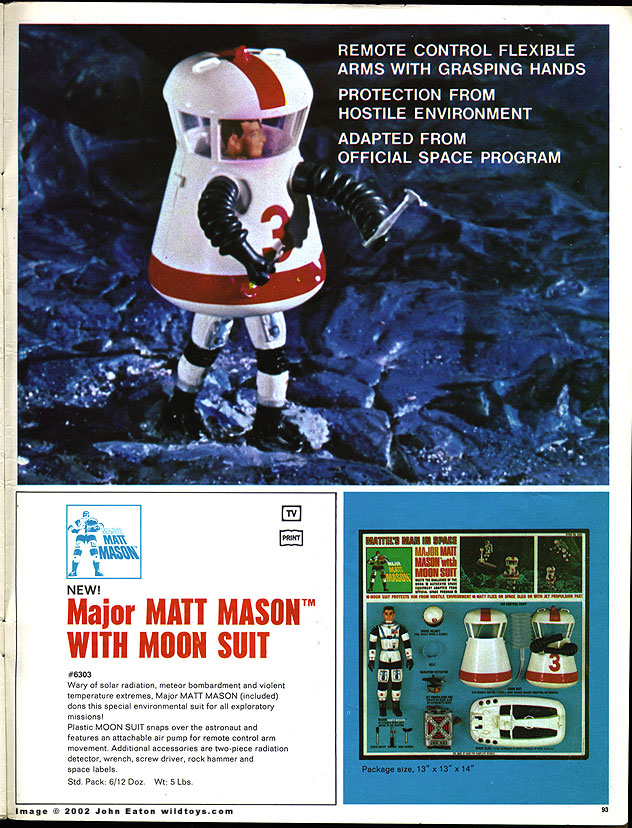By this point, it has been widely acknowledged that the coverage of the 2016 campaign by the mainstream press was bad. There were certainly exceptions -- The Washington Post did exceptional work and there were other bright spots as well -- But the overall story is one of distractions, triviality, unexplored leads, and disastrous results. This seems like a good time to look back at that coverage and ask ourselves what the press has learned and what it hasn't.
Recently, Marianne Williamson, the very definition of a fringe candidate, was the subject of a slew of puff pieces from The
New York Times not to mention an
in-depth profile from The New Yorker Radio Hour. Andrew Yang, though not a fringe candidate is certainly a marginal one, yet he too has been receiving a disproportionate amount of coverage lately.
How does this compare to the handling of marginal candidates in the last presidential election?
[UPDATE: Brad DeLong found an arguably
more embarrassing example from
the National Journal.]
This may be the best example of
New York Times political reporting you will see you all day.
It started as a standard narrative journalism/puff piece. Amy Chozick
and Trip Gabriel used a handful of anecdotes and a couple of
well-received speeches to build a breathless account of political
underdog Carly Fiorina surging toward the lead.
Hack political writers love this narrative. They also gravitate toward
positive stories about candidates with whom they are comfortable. When I
say "comfortable" I am talking about culture not politics. I will try
to back this up in future posts, but I have long argued that left/right
biases are far less common than more significant biases involving class,
race, religion, region, education, etc. While the
New York Times
probably disagrees with most of Fiorina's politics, they are more than
comfortable with almost everything else about her, from her
prominent family to her CEO background to her wealth and extravagant lifestyle.
So far, all of this is just another day at the office for
the New York Times election beat. Soon after the piece ran, however,
people started to notice
that the writers had really buried their lede. Deep in the story, it
was revealed that Fiorina's surge was not quite as substantial as the
headline suggested.
From paragraph 8 (as pointed out by
Duncan Black):
While supporters in Iowa noted that she had doubled her standing in
state polls, it was a statistically insignificant change from 1 percent
to 2 percent, according to a Quinnipiac University Poll released May 6.
(That may seem piddling, but the same poll had Mr. Santorum, who won the
Iowa caucuses in 2012, also at 2 percent, while 5 percent supported Mr.
Bush.)
It is one thing to have a paragraph in the middle of your story that
completely undercuts your premise; it is quite another to have people
point out a paragraph in the middle of your story that completely
undercuts your premise. A quick rewrite was definitely in order.
The resulting headline doesn't make a lot of sense -- if the polls are a
reflection of the state's voters, Iowans appear to be swoon-shrugging
over Fiorina -- but it does partially inoculate the story from further
mockery.
Of course, the NYT has standards. They don't just rewrite a published
story without even acknowledging it. The original headline is right
there at the bottom of the page.
In small print and pale gray letters.








